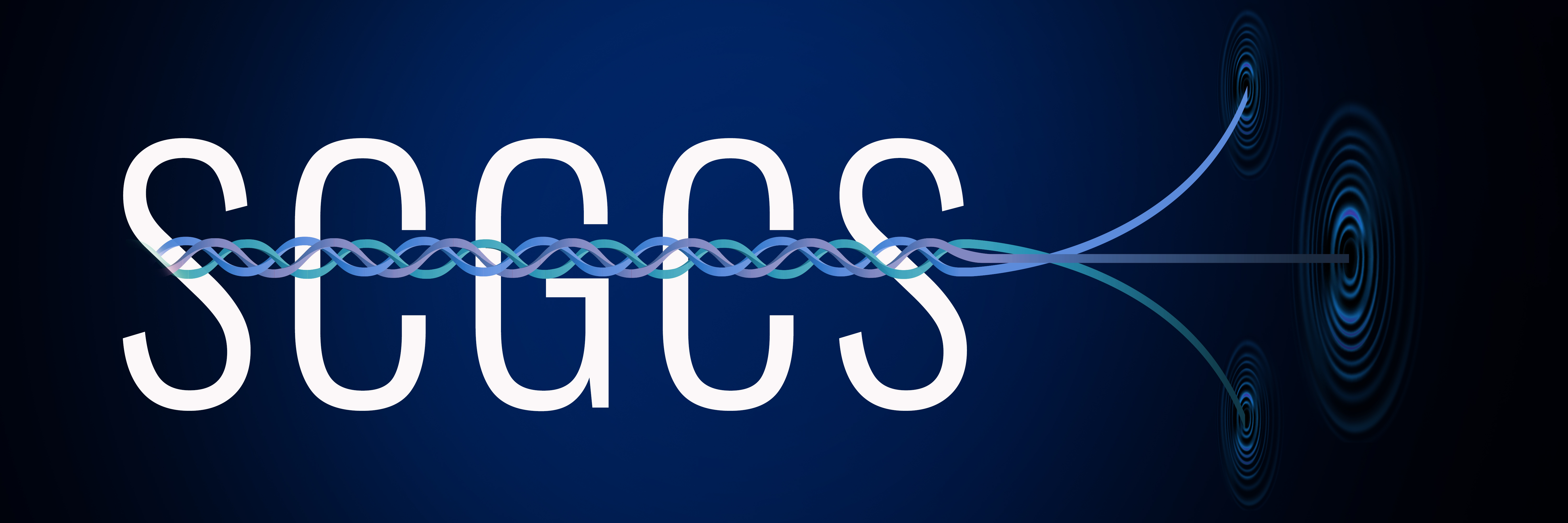Global Categorical Symmetries

Recently enormous progress has been achieved in our understanding of the notion of global symmetries of quantum field theories (QFTs). These developments sparked from the realization that global symmetries can be generalized in terms of a quasitopological subsector of the spectrum of defects of a given QFT. The defects in question have various possible codimensions and this gives rise to interesting fusion rules that generalizes widely the notion of groups. The interplay of these generalized global symmetries and phases leads to a categorical version of the Landau paradigm, which is tightly related to the classification of phases in terms of gapped topological theories and anomalies. The aim of this school and workshop is to set the foundations for further developments in these directions by establishing a common ground at the verge of the mathematics and physics involved.
This event is supported by the Simons Collaboration on Global Categorical Symmetries.
The first week of this event will consist of a conference, followed by a school in the second week. We plan for these events to be primarily in-person; participants may also choose to attend virtually. We continue to monitor the ongoing COVID-19 pandemic, and appropriate safety precautions will be in place. Pandemic-related regulations change rapidly, and the event will be held online if necessary.
PIRSA: https://pirsa.org/C22008
Territorial Land Acknowledgement
Perimeter Institute acknowledges that it is situated on the traditional territory of the Anishinaabe, Haudenosaunee, and Neutral peoples.
Perimeter Institute is located on the Haldimand Tract. After the American Revolution, the tract was granted by the British to the Six Nations of the Grand River and the Mississaugas of the Credit First Nation as compensation for their role in the war and for the loss of their traditional lands in upstate New York. Of the 950,000 acres granted to the Haudenosaunee, less than 5 percent remains Six Nations land. Only 6,100 acres remain Mississaugas of the Credit land.
We thank the Anishinaabe, Haudenosaunee, and Neutral peoples for hosting us on their land.
